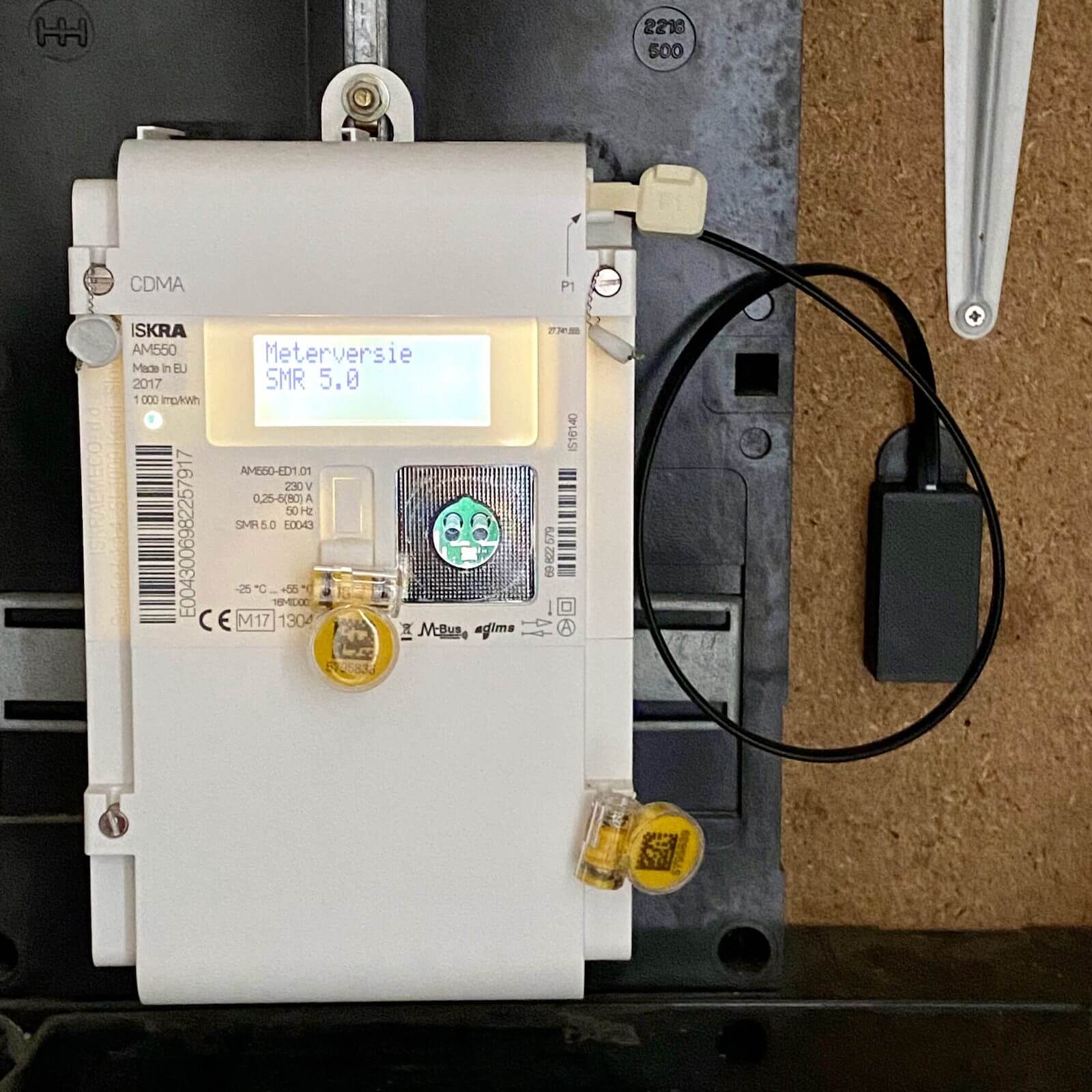Integrating your gas usage
Some homes are connected to gas. Gas is being used to heat water, cook and heat up the home.
Home Assistant allows you to track your gas usage and easily compare it against your energy usage for the same period of time.
Hardware
Home Assistant will need to know the amount of gas that is being consumed.
Connect to your meter
The best way to get this data is directly from your gas meter that sits between your house and the grid. In certain countries these meters contain standardized ways of reading out the information locally or provide this information via the electricity meter.
Connect using a P1 port
The P1 port is a standardized port on electricity meters in the Netherlands, Belgium and Luxembourg which also provides gas consumption information. A P1 reader can connect to this port and receive real-time information.
We have worked with creator Marcel Zuidwijk

Read the Gas Meter using an AI-on-the-edge-device
AI-on-the-edge-device

Read the Gas Meter using a magnetometer
Diaphragm/bellows gas meters